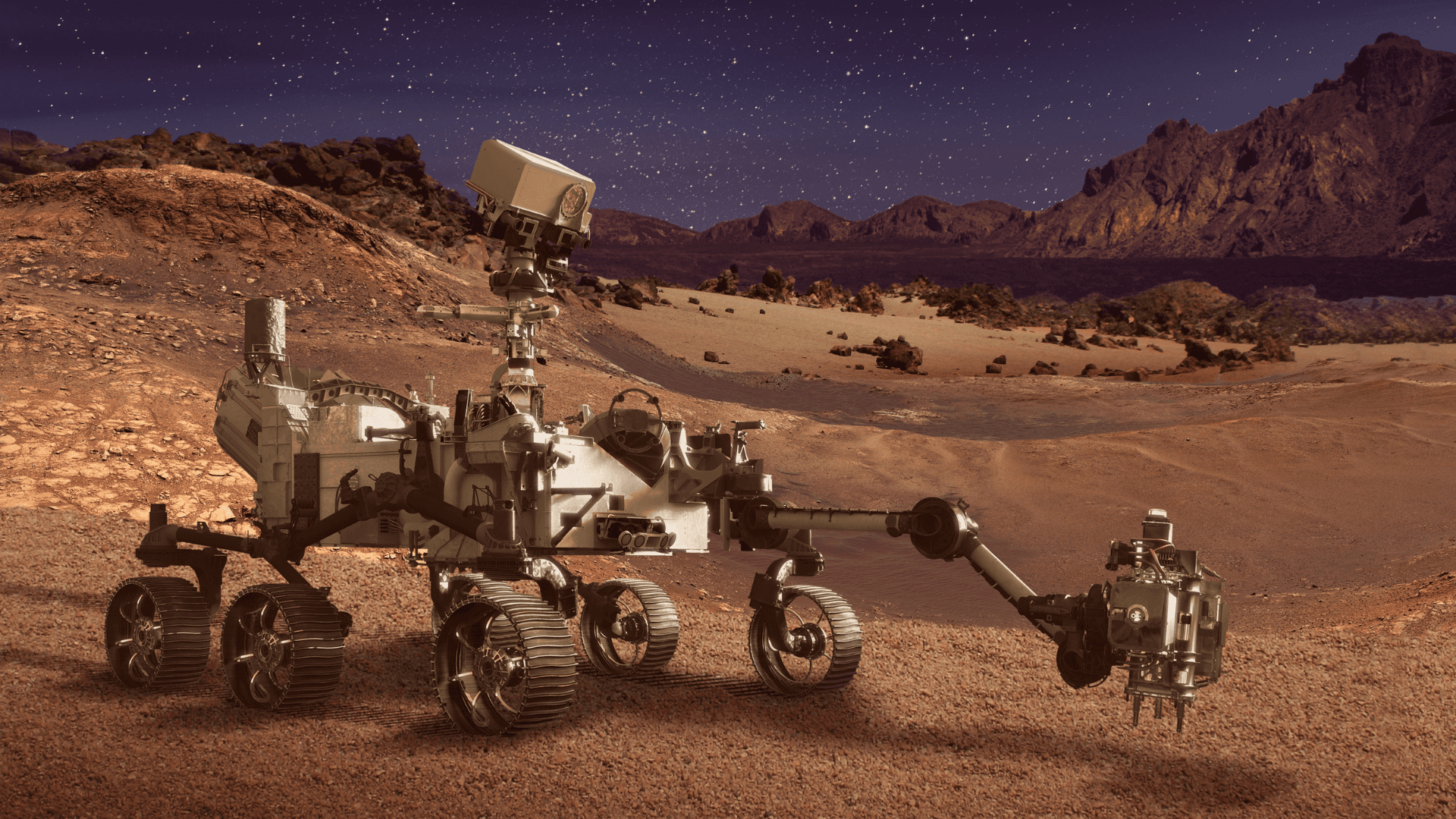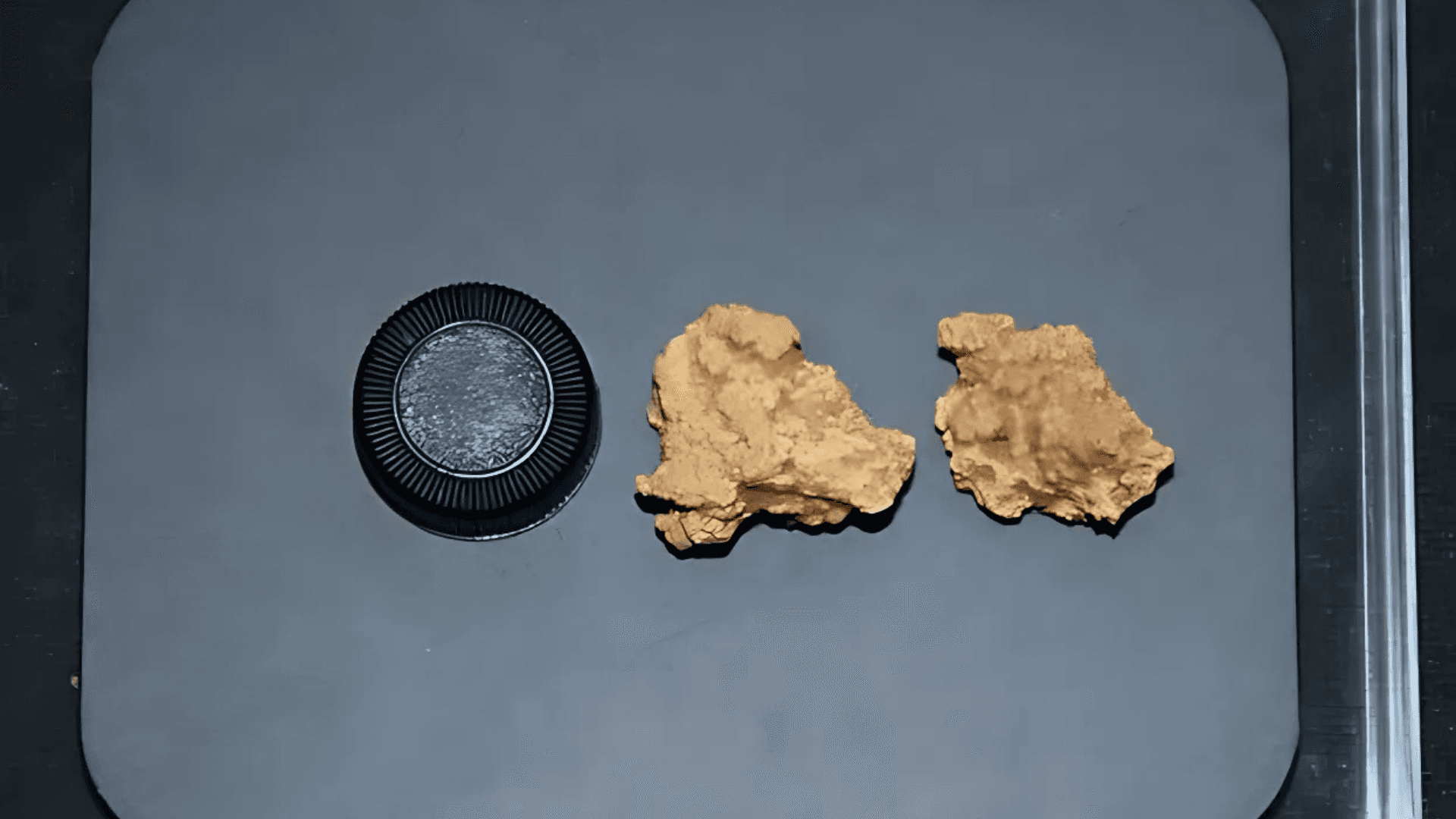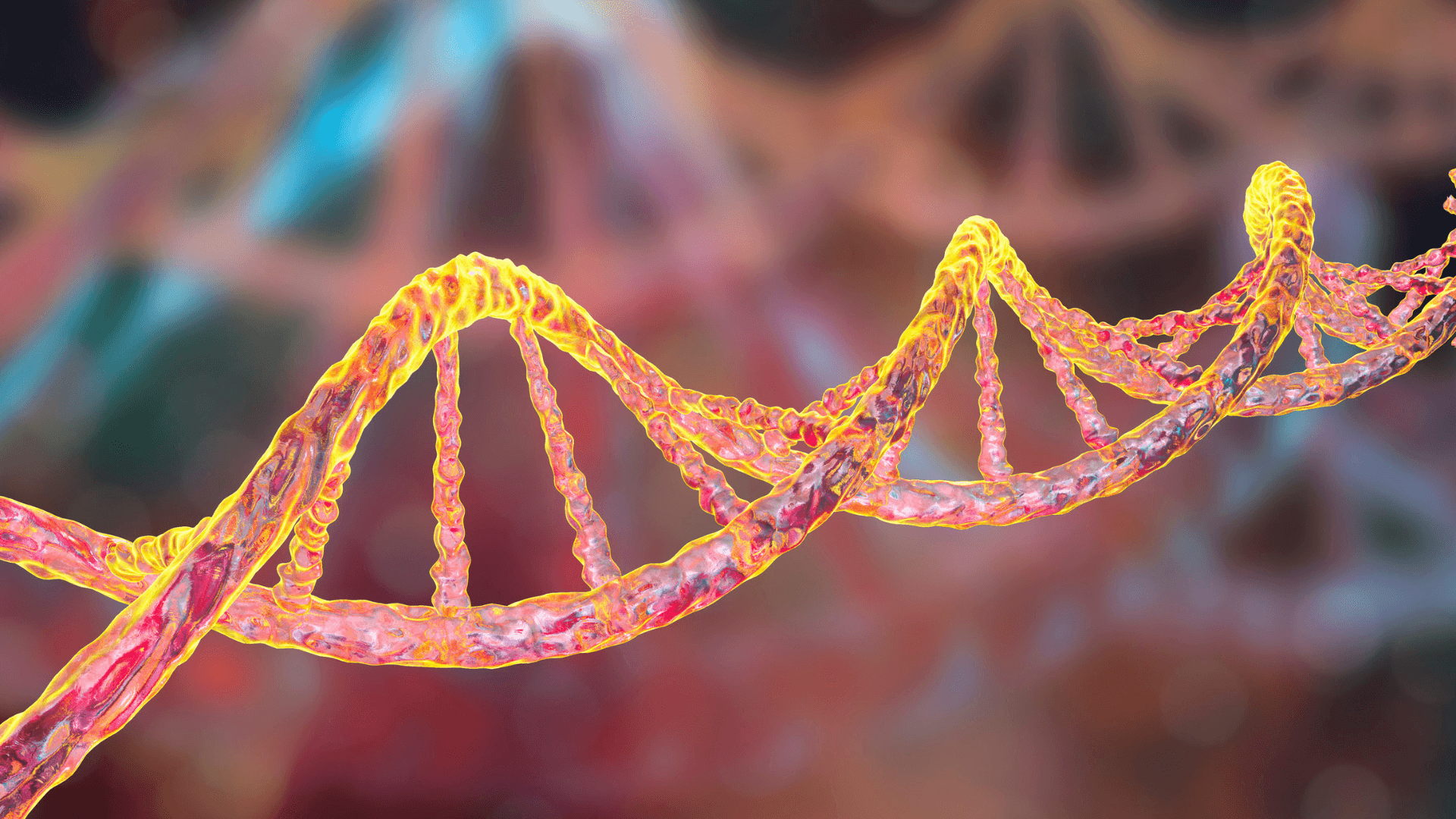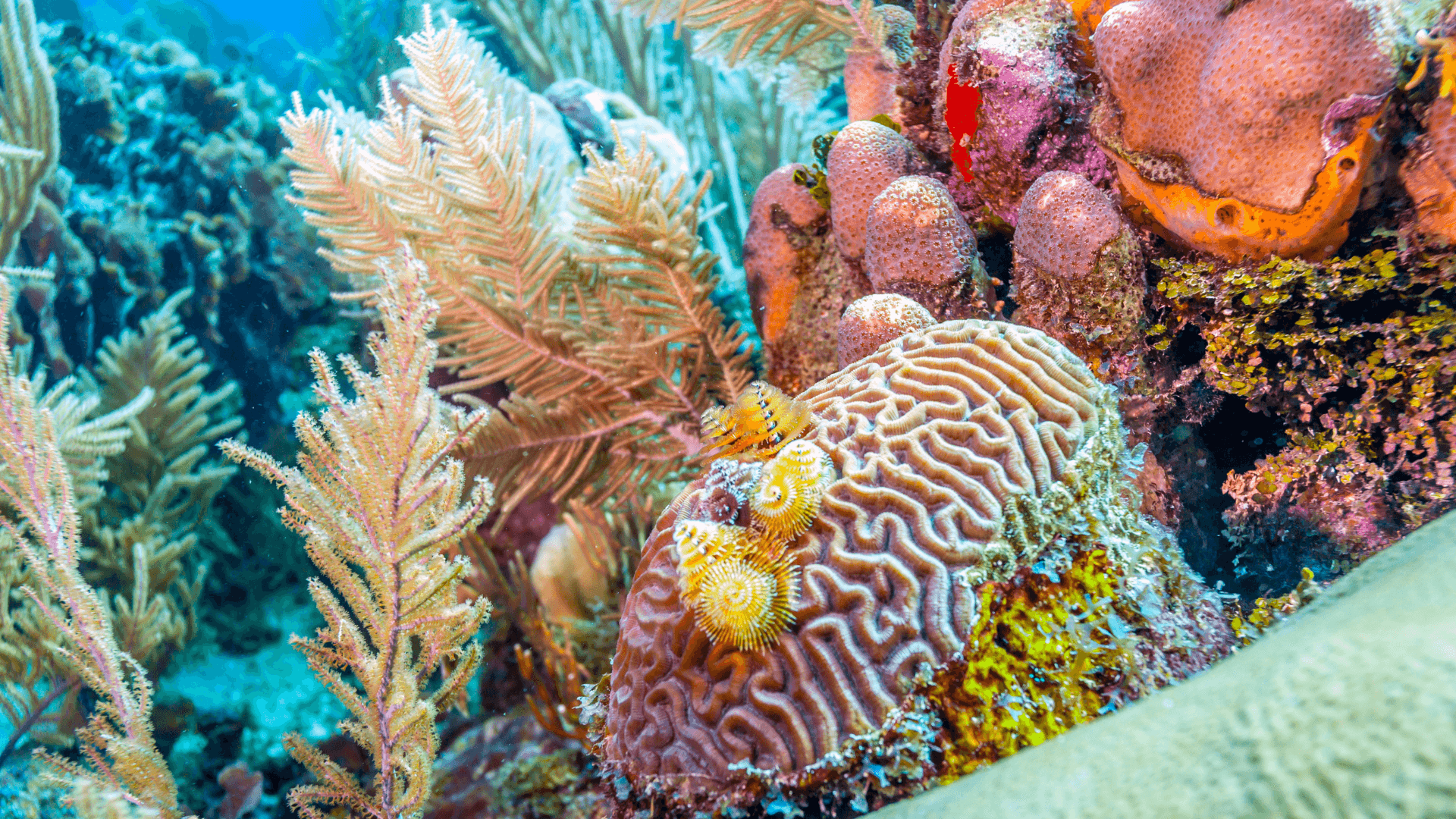Dire Wolves Recreated? Meet the Genetically Modified Animals from Colossal Biosciences
Dire Wolves Recreated? Meet the Genetically Modified Animals from Colossal Biosciences
Dire Wolves Recreated? Meet the Genetically Modified Animals from Colossal Biosciences
Apr 11, 2025
Apr 11, 2025

Cub of the modern dire wolf. Credit: Colossal Laboratories & Biosciences.
Cub of the modern dire wolf. Credit: Colossal Laboratories & Biosciences.
Colossal Biosciences has unveiled modified wolves that resemble the extinct dire wolves. Find out why scientists still debate whether these animals can truly be considered a “revival” of the species.
Colossal Biosciences has unveiled modified wolves that resemble the extinct dire wolves. Find out why scientists still debate whether these animals can truly be considered a “revival” of the species.
On April 7, 2025, Colossal Biosciences announced the birth of three pups named Romulus, Remus, and Khaleesi. They were presented as the first living “dire wolves” in over 10,000 years. But the central question remains: are they truly dire wolves?
According to the company, they were developed via genetic engineering to recover the phenotypic traits of the extinct species. However, the scientific community is still debating the validity of this claim.
The Genetic Engineering Behind the New Pups
The project began with analyzing two dire wolf fossils: a tooth roughly 13,000 years old and an inner-ear bone dated to about 72,000 years ago. Scientists extracted DNA fragments from these specimens and compared them to the genome of modern gray wolves.
This comparison identified around 20 genes linked to traits such as coat color (including the CORIN gene), body size, and skull morphology. After editing these genes, the modified cell nuclei were inserted into dog eggs, carrying the embryos to term via cesarean section. Romulus, Remus, and Khaleesi are now five months old.
Are They Really Dire Wolves?
Experts remain divided. Paleoecologist Jacquelyn Gill argues that without a complete genome of the extinct species, it’s impossible to confirm that these pups are real dire wolves. To her, they are gray wolves with some traits inspired by ancient records.
On the other hand, Colossal’s chief scientific officer, Beth Shapiro, contends that the project’s aim isn’t to clone an extinct animal but to restore its key characteristics. A new preprint seems to support this approach, suggesting that the genetic difference between dire and gray wolves may be smaller than previously thought.
Ethical Questions and Environmental Concerns
Despite the technological breakthrough, the experiment raises many concerns. Experts warn of the risk of public misunderstanding, as people may believe the species has been brought back to life. Furthermore, the environmental impacts of introducing these animals are still unknown, as are the welfare implications for the pups, as they live in isolation without interacting with a natural pack.
Some critics liken the scenario more to Jurassic Park fiction than to realistic conservation science.
Red Wolf Conservation: A More Urgent Application
Meanwhile, Colossal is working on cloning wolves using ancestral red wolf DNA. The red wolf is critically endangered in the United States, with fewer than 20 individuals left in the wild. These “ghost red wolves” aim to boost the genetic diversity of the remaining population.
For scientists like Heather Jay Huson, this type of intervention is far more justifiable and pressing than projects focused on recreating extinct species.
Where Are the Pups Now?
Romulus, Remus, and Khaleesi live on an 800-acre protected reserve under the care of a ten-member team. Their exact location has not been disclosed for security reasons. Currently, there are no plans for public display or breeding.
Researcher Adam Hartstone-Rose intends to study their bone structure and behavior in the future but expresses concern over their social isolation from a natural pack context.
—
Want to dive into all the scientific and ethical details of this recreation? Read the full article here.
On April 7, 2025, Colossal Biosciences announced the birth of three pups named Romulus, Remus, and Khaleesi. They were presented as the first living “dire wolves” in over 10,000 years. But the central question remains: are they truly dire wolves?
According to the company, they were developed via genetic engineering to recover the phenotypic traits of the extinct species. However, the scientific community is still debating the validity of this claim.
The Genetic Engineering Behind the New Pups
The project began with analyzing two dire wolf fossils: a tooth roughly 13,000 years old and an inner-ear bone dated to about 72,000 years ago. Scientists extracted DNA fragments from these specimens and compared them to the genome of modern gray wolves.
This comparison identified around 20 genes linked to traits such as coat color (including the CORIN gene), body size, and skull morphology. After editing these genes, the modified cell nuclei were inserted into dog eggs, carrying the embryos to term via cesarean section. Romulus, Remus, and Khaleesi are now five months old.
Are They Really Dire Wolves?
Experts remain divided. Paleoecologist Jacquelyn Gill argues that without a complete genome of the extinct species, it’s impossible to confirm that these pups are real dire wolves. To her, they are gray wolves with some traits inspired by ancient records.
On the other hand, Colossal’s chief scientific officer, Beth Shapiro, contends that the project’s aim isn’t to clone an extinct animal but to restore its key characteristics. A new preprint seems to support this approach, suggesting that the genetic difference between dire and gray wolves may be smaller than previously thought.
Ethical Questions and Environmental Concerns
Despite the technological breakthrough, the experiment raises many concerns. Experts warn of the risk of public misunderstanding, as people may believe the species has been brought back to life. Furthermore, the environmental impacts of introducing these animals are still unknown, as are the welfare implications for the pups, as they live in isolation without interacting with a natural pack.
Some critics liken the scenario more to Jurassic Park fiction than to realistic conservation science.
Red Wolf Conservation: A More Urgent Application
Meanwhile, Colossal is working on cloning wolves using ancestral red wolf DNA. The red wolf is critically endangered in the United States, with fewer than 20 individuals left in the wild. These “ghost red wolves” aim to boost the genetic diversity of the remaining population.
For scientists like Heather Jay Huson, this type of intervention is far more justifiable and pressing than projects focused on recreating extinct species.
Where Are the Pups Now?
Romulus, Remus, and Khaleesi live on an 800-acre protected reserve under the care of a ten-member team. Their exact location has not been disclosed for security reasons. Currently, there are no plans for public display or breeding.
Researcher Adam Hartstone-Rose intends to study their bone structure and behavior in the future but expresses concern over their social isolation from a natural pack context.
—
Want to dive into all the scientific and ethical details of this recreation? Read the full article here.
On April 7, 2025, Colossal Biosciences announced the birth of three pups named Romulus, Remus, and Khaleesi. They were presented as the first living “dire wolves” in over 10,000 years. But the central question remains: are they truly dire wolves?
According to the company, they were developed via genetic engineering to recover the phenotypic traits of the extinct species. However, the scientific community is still debating the validity of this claim.
The Genetic Engineering Behind the New Pups
The project began with analyzing two dire wolf fossils: a tooth roughly 13,000 years old and an inner-ear bone dated to about 72,000 years ago. Scientists extracted DNA fragments from these specimens and compared them to the genome of modern gray wolves.
This comparison identified around 20 genes linked to traits such as coat color (including the CORIN gene), body size, and skull morphology. After editing these genes, the modified cell nuclei were inserted into dog eggs, carrying the embryos to term via cesarean section. Romulus, Remus, and Khaleesi are now five months old.
Are They Really Dire Wolves?
Experts remain divided. Paleoecologist Jacquelyn Gill argues that without a complete genome of the extinct species, it’s impossible to confirm that these pups are real dire wolves. To her, they are gray wolves with some traits inspired by ancient records.
On the other hand, Colossal’s chief scientific officer, Beth Shapiro, contends that the project’s aim isn’t to clone an extinct animal but to restore its key characteristics. A new preprint seems to support this approach, suggesting that the genetic difference between dire and gray wolves may be smaller than previously thought.
Ethical Questions and Environmental Concerns
Despite the technological breakthrough, the experiment raises many concerns. Experts warn of the risk of public misunderstanding, as people may believe the species has been brought back to life. Furthermore, the environmental impacts of introducing these animals are still unknown, as are the welfare implications for the pups, as they live in isolation without interacting with a natural pack.
Some critics liken the scenario more to Jurassic Park fiction than to realistic conservation science.
Red Wolf Conservation: A More Urgent Application
Meanwhile, Colossal is working on cloning wolves using ancestral red wolf DNA. The red wolf is critically endangered in the United States, with fewer than 20 individuals left in the wild. These “ghost red wolves” aim to boost the genetic diversity of the remaining population.
For scientists like Heather Jay Huson, this type of intervention is far more justifiable and pressing than projects focused on recreating extinct species.
Where Are the Pups Now?
Romulus, Remus, and Khaleesi live on an 800-acre protected reserve under the care of a ten-member team. Their exact location has not been disclosed for security reasons. Currently, there are no plans for public display or breeding.
Researcher Adam Hartstone-Rose intends to study their bone structure and behavior in the future but expresses concern over their social isolation from a natural pack context.
—
Want to dive into all the scientific and ethical details of this recreation? Read the full article here.

Share on:
See Also
See Also

Microplastics Detected in Ovarian Fluid: What Does This Mean for Human Fertility?
Apr 22, 2025

Humanitarian Crisis in Myanmar: Millions Need Aid After Devastating Earthquakes
Apr 21, 2025

Life on Another Planet? Life-Linked Gas Detected on Exoplanet K2-18b
Apr 18, 2025

Dire Wolves Recreated? Meet the Genetically Modified Animals from Colossal Biosciences
Apr 11, 2025

Digital Security and Artificial Intelligence: Solutions and Challenges in 2025
Apr 3, 2025

Cardiovascular Health in Rural Communities: Study Reveals Impacts of Social Factors
Apr 1, 2025

Unexpected Heat Marks the First Day of Spring 2025 in the United Kingdom: A Sign of Climate Change?
Mar 21, 2025

DeepSeek AI: The Chinese Chatbot That Is Shaking Up the Global Market
Feb 7, 2025

Study Reveals That an Active Social Life Can Reduce Dementia Risk
Feb 4, 2025

Lunar New Year 2025: The Arrival of the Year of the Snake
Jan 30, 2025

New Hypothesis on the Origin of Dinosaurs Challenges Traditional Concepts
Jan 27, 2025

Emotions and the Human Body: Millennia-Old Connections in Neo-Assyrian Texts
Dec 20, 2024

Study Links Air Pollution to Risk of Venous Thromboembolism
Dec 20, 2024

Potentially Habitable Environment on Mars Discovered by Perseverance
Dec 20, 2024

Collapse of the Conger Ice Shelf: Alert for East Antarctica
Dec 20, 2024

Revolution XRISM: New Discoveries About Supermassive Black Holes
Oct 15, 2024

Study Shows that Duplication of the AMY1 Gene, Related to Starch Digestion, Predates Agriculture
Oct 14, 2024

Births in the EU Fall Below 4 Million for the First Time Since 1960
Oct 11, 2024

Excavation in Denmark Reveals 50 Incredibly Preserved Viking Skeletons
Oct 10, 2024

Study Indicates Higher Incidence of Asthma and Allergic Rhinitis in People Born in Autumn and Winter in Finland
Oct 9, 2024

Study Demonstrates Similarities Between Ice Age Adolescents' Puberty and Modern Youth
Oct 8, 2024

DNA Analysis in 3,600-Year-Old Chinese Mummies Reveals World's Oldest Cheese
Oct 7, 2024

Study Reveals Genetic Stability of Southern African Populations Over 10 Millennia
Oct 4, 2024

Nine Mythical Places That May Have Existed, According to Archaeological Discoveries
Oct 3, 2024

How Human Rights Can Save Coral Reefs and Hold Governments Accountable
Oct 2, 2024

Carbon Brief Report Indicates 2024 Could Be the Hottest Year on Record
Sep 4, 2024

Climate Determines Mammal Distribution, Reveals Study by North Carolina State University
Sep 4, 2024

Study Suggests Fossil 'Hotspots' in Africa Distort Our View of Human Evolution
Sep 3, 2024

Unusual Noise on Boeing's Starliner Puzzles NASA Astronaut
Sep 3, 2024

Study Reveals Human Microbiome is Highly Individualized
Sep 2, 2024

Share on:

Share on:

Microplastics Detected in Ovarian Fluid: What Does This Mean for Human Fertility?
Apr 22, 2025

Humanitarian Crisis in Myanmar: Millions Need Aid After Devastating Earthquakes
Apr 21, 2025

Life on Another Planet? Life-Linked Gas Detected on Exoplanet K2-18b
Apr 18, 2025

Dire Wolves Recreated? Meet the Genetically Modified Animals from Colossal Biosciences
Apr 11, 2025

Digital Security and Artificial Intelligence: Solutions and Challenges in 2025
Apr 3, 2025

Cardiovascular Health in Rural Communities: Study Reveals Impacts of Social Factors
Apr 1, 2025

Unexpected Heat Marks the First Day of Spring 2025 in the United Kingdom: A Sign of Climate Change?
Mar 21, 2025

DeepSeek AI: The Chinese Chatbot That Is Shaking Up the Global Market
Feb 7, 2025

Study Reveals That an Active Social Life Can Reduce Dementia Risk
Feb 4, 2025

Lunar New Year 2025: The Arrival of the Year of the Snake
Jan 30, 2025

New Hypothesis on the Origin of Dinosaurs Challenges Traditional Concepts
Jan 27, 2025

Emotions and the Human Body: Millennia-Old Connections in Neo-Assyrian Texts
Dec 20, 2024

Study Links Air Pollution to Risk of Venous Thromboembolism
Dec 20, 2024

Potentially Habitable Environment on Mars Discovered by Perseverance
Dec 20, 2024

Collapse of the Conger Ice Shelf: Alert for East Antarctica
Dec 20, 2024

Revolution XRISM: New Discoveries About Supermassive Black Holes
Oct 15, 2024

Study Shows that Duplication of the AMY1 Gene, Related to Starch Digestion, Predates Agriculture
Oct 14, 2024

Births in the EU Fall Below 4 Million for the First Time Since 1960
Oct 11, 2024

Excavation in Denmark Reveals 50 Incredibly Preserved Viking Skeletons
Oct 10, 2024

Study Indicates Higher Incidence of Asthma and Allergic Rhinitis in People Born in Autumn and Winter in Finland
Oct 9, 2024

Study Demonstrates Similarities Between Ice Age Adolescents' Puberty and Modern Youth
Oct 8, 2024

DNA Analysis in 3,600-Year-Old Chinese Mummies Reveals World's Oldest Cheese
Oct 7, 2024

Study Reveals Genetic Stability of Southern African Populations Over 10 Millennia
Oct 4, 2024

Nine Mythical Places That May Have Existed, According to Archaeological Discoveries
Oct 3, 2024

How Human Rights Can Save Coral Reefs and Hold Governments Accountable
Oct 2, 2024

Carbon Brief Report Indicates 2024 Could Be the Hottest Year on Record
Sep 4, 2024

Climate Determines Mammal Distribution, Reveals Study by North Carolina State University
Sep 4, 2024

Study Suggests Fossil 'Hotspots' in Africa Distort Our View of Human Evolution
Sep 3, 2024

Unusual Noise on Boeing's Starliner Puzzles NASA Astronaut
Sep 3, 2024

Study Reveals Human Microbiome is Highly Individualized
Sep 2, 2024
